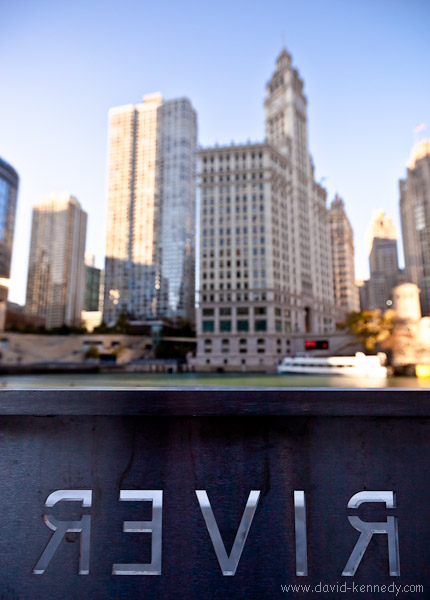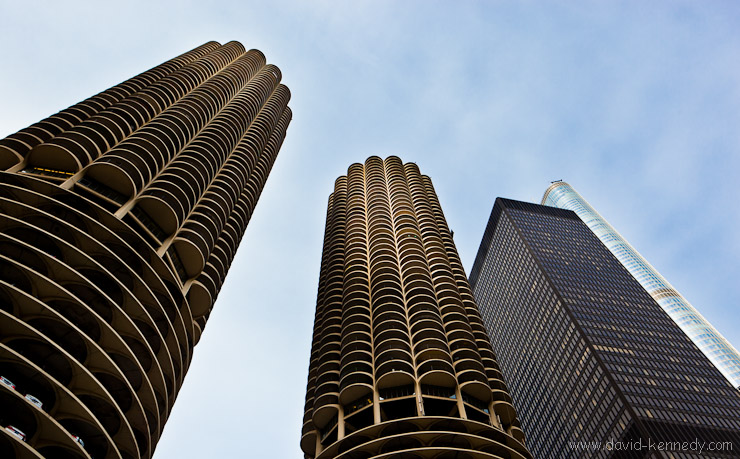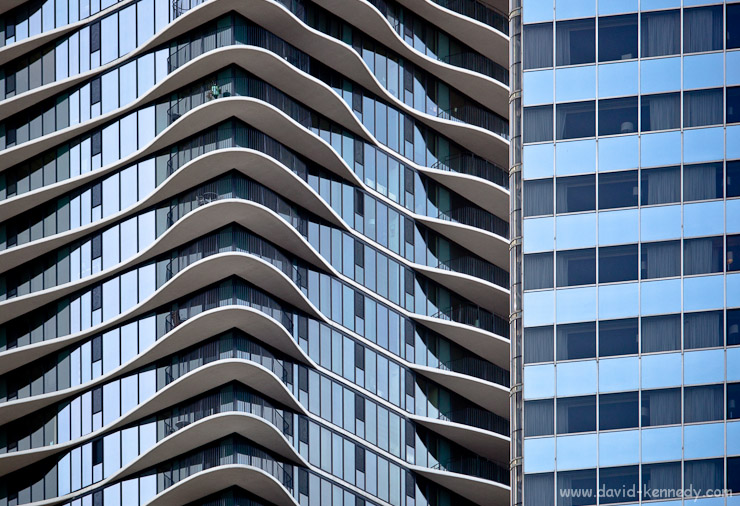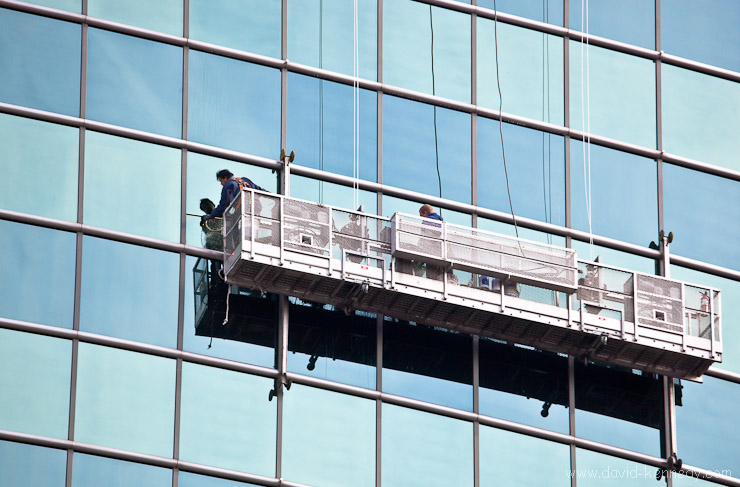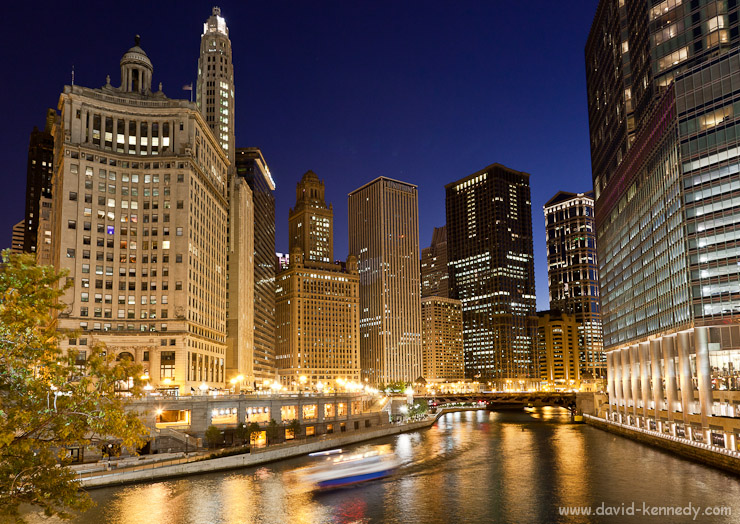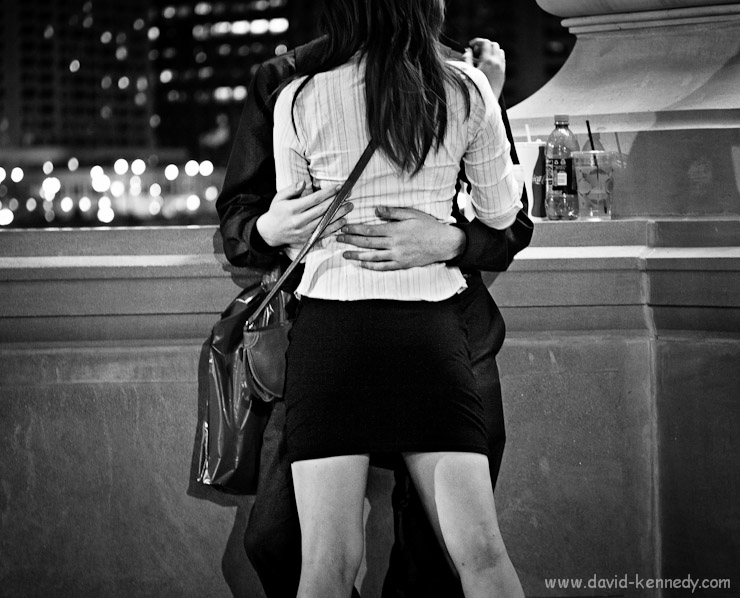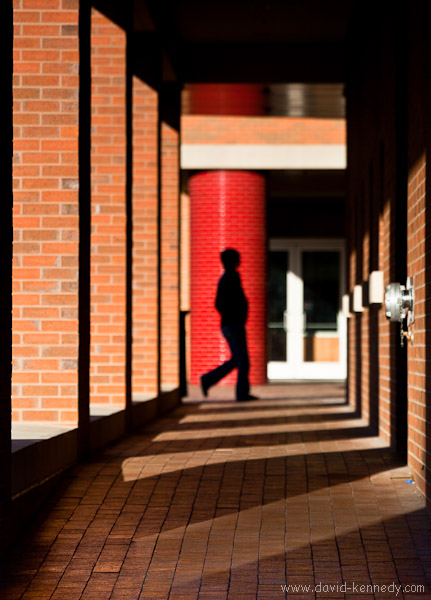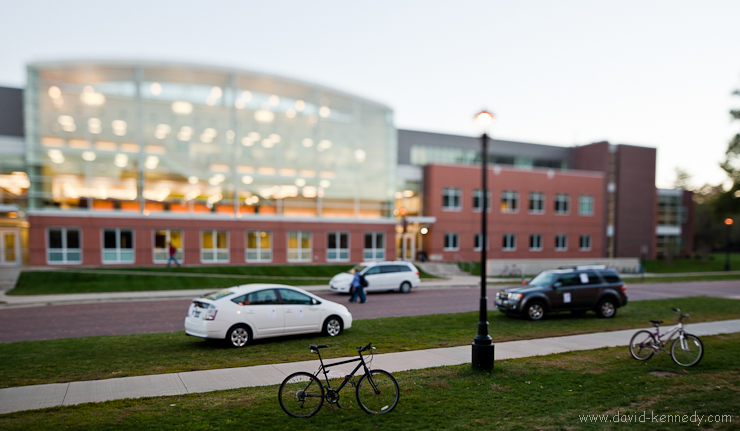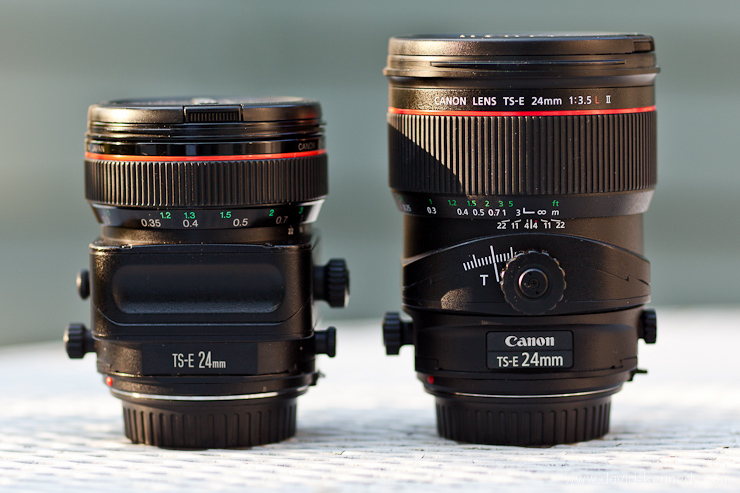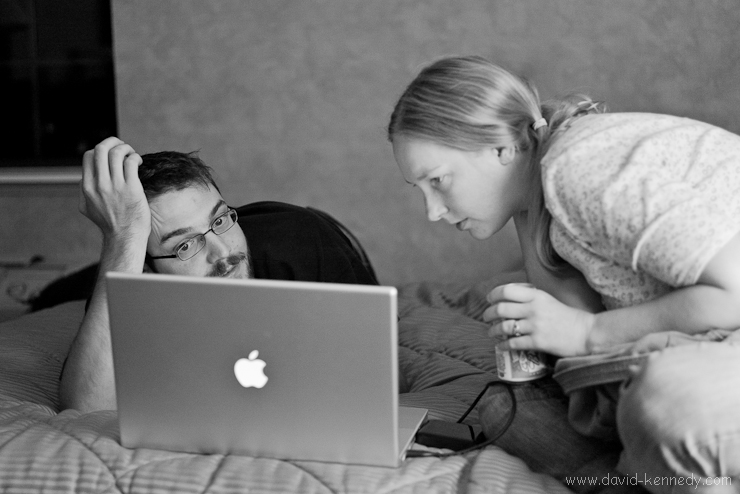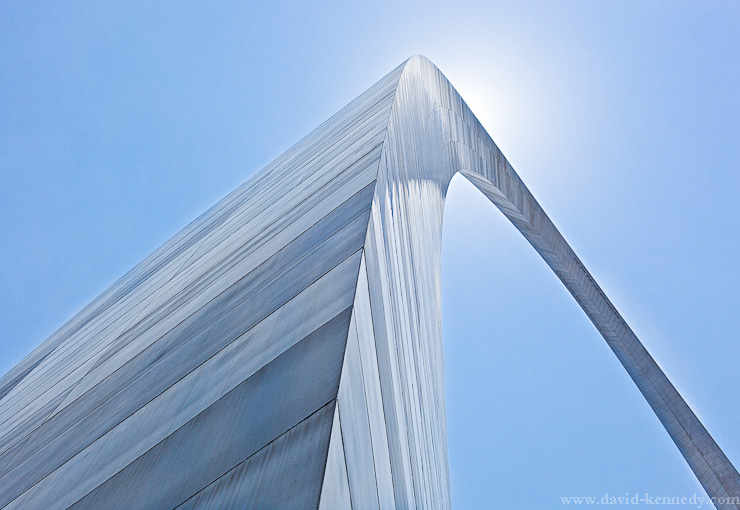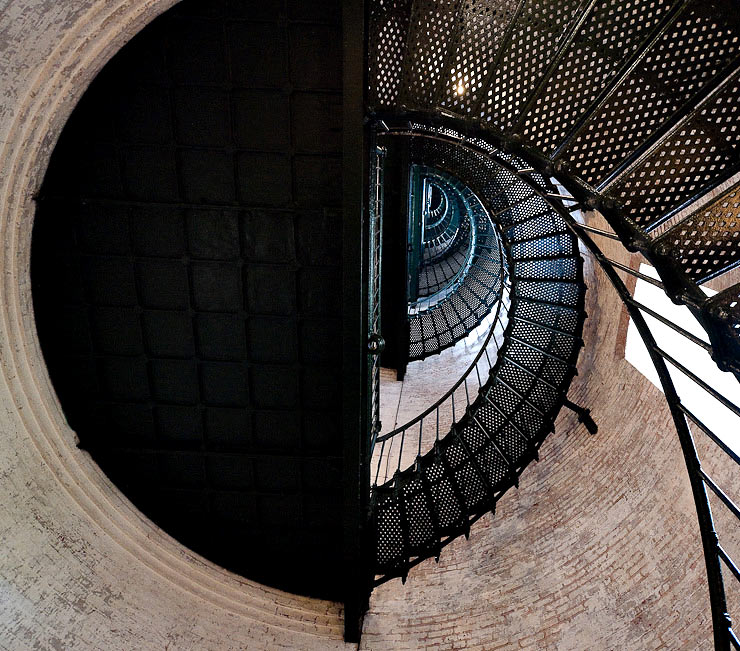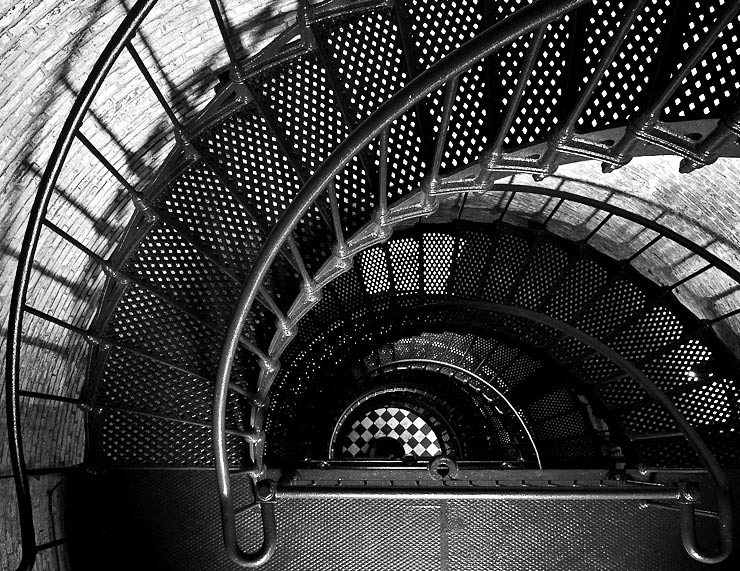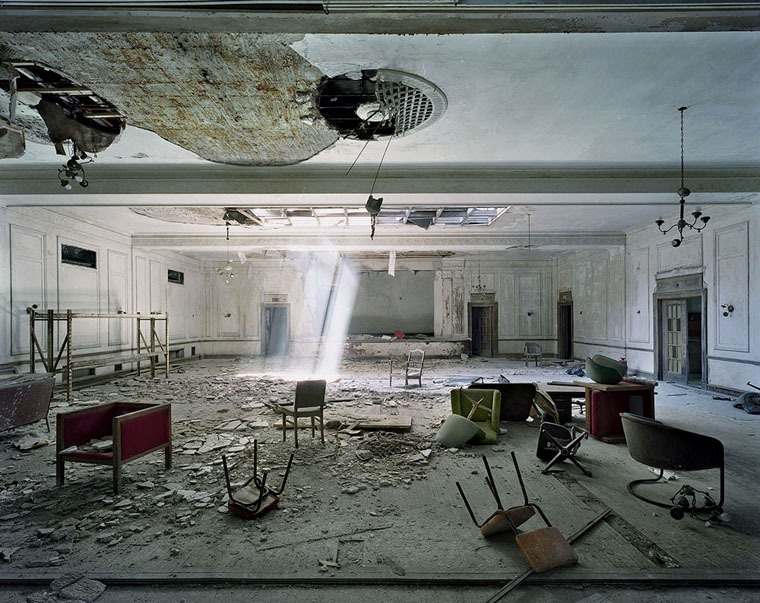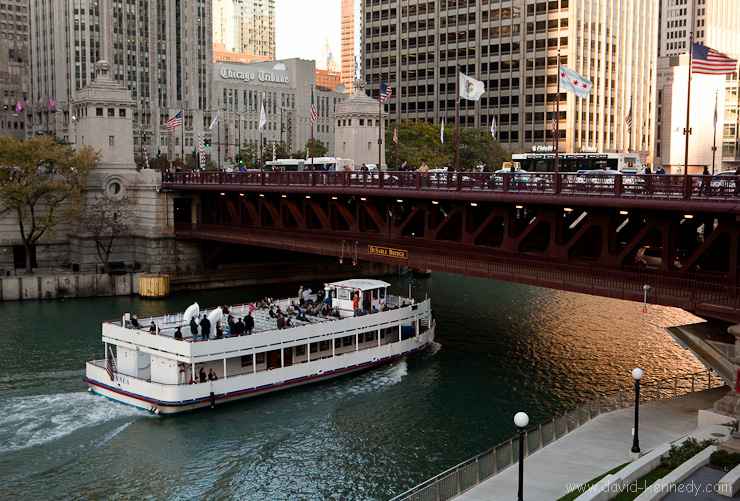
Finally, I present the last of my Chicago images. Not necessarily for the master’s project, but for me: Elizabeth and I lived in Chicago for a time, but I never really carried a camera with me because I was concerned about keeping my equipment safe at our apartment in Hyde Park. I figured the less I had, the safer we were (and we never had a break-in). But this project gave me an excuse to walk around downtown and the Loop with some of my better gear. Frankly, the 5D Mk. II and a 50mm lens would be a great combination, with a wide-angle lens and a telephoto as two accessory lenses, but I really needed to have the 24-70mm with me that day as I was working on my project, and needed the flexibility that it provides. The next time I go to Chicago with a camera, it will just be for me, and the equipment choices will certainly reflect that!
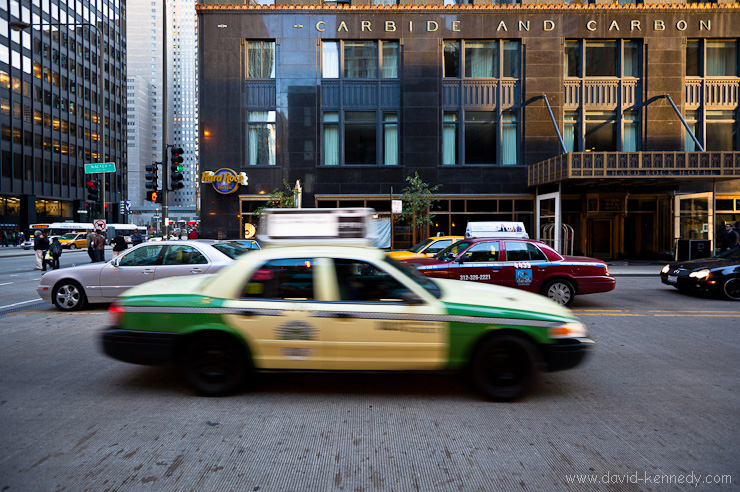
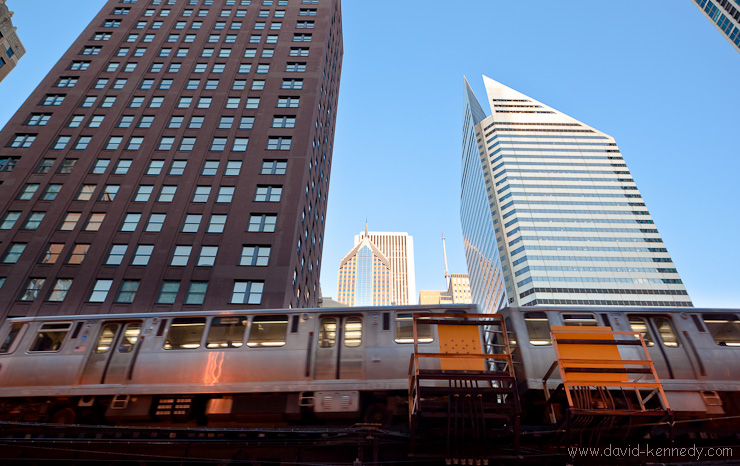
Three more photographs after the jump!
